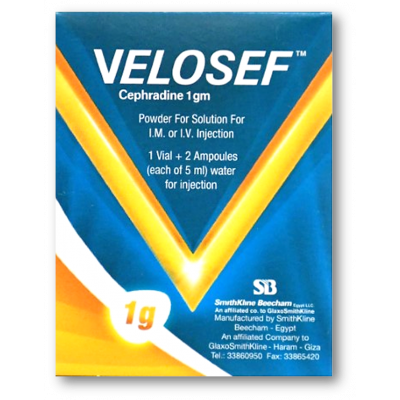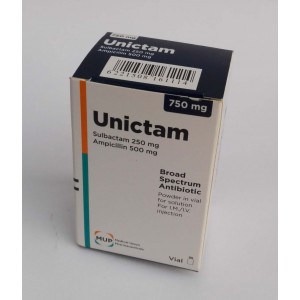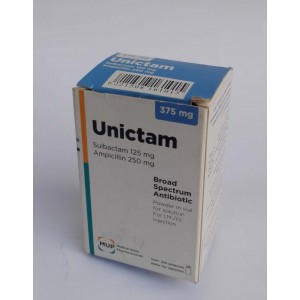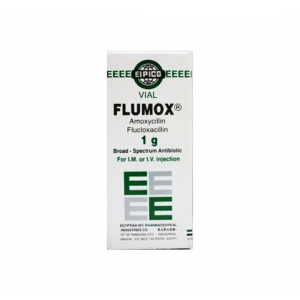Categories
- Anti-hestaminic & Respiratory Drugs (20)
- Anti-inflammatory Drugs (192) +-
- Baby & Mom (1311) +-
- Baby & Mom > Bath, skin & Hair > Skin Care > wibes (52)
- Beauty (2864) +-
- Beauty > Skin Care > whitening (273)
- Chemotherapy & Immune Response (880) +-
- Chemotherapy & Immune Response > ANTI-FUNGAL (11)
- Chemotherapy & Immune Response > Chemotherapeutic Agents > Hormone Antagonists >Enzyme Inhibitors (288)
- CIRCULATORY DISTURBANCE AGENTS (23)
- Diet & Fitness Products (278) +-
- DRUG AFFECTING CENTRAL NERVOUS SYSTEM (192)
- HEMATOLOGY (39)
-
Medical Supplies (504)
+-
- Chemicals & Disinfectants (19)
- Dental Supplies (32)
- Devices & Instruments (10)
- Diabetic Supplies (121)
- General Medical Supplies (21)
- I.V & Medical Solution (0)
- Intensive Care Unit & Anesthesia Supplies (0)
- KIDNEY UNIT SUPPLIES (21)
- Lab Supplies (3)
- Miscellaneous (21)
- Neonatal Unit Supplies (0)
- Operation Room Supplies (2)
- Sanitary (5)
- Sterilization Supplies (0)
- Surgical Sutures (4)
- Syringes (3)
-
Medicines & Health (2587)
+-
- Allergy & Sinus (94)
- Children's Health Care (54)
- Cough, Cold & Flu (275)
- Digestive Health & Nausea (225)
- Ear, Nose & Throat Care (177)
- Eye Care (117)
- Feminine Care (321)
- Foot Care (4)
- Orthopaedic Appliances (0)
- Pain Relief & Management (237)
- Pill Organizer (2)
- Skin Treatments (776)
- Sleep & Snoring Aids (2)
- Support & Braces (6)
- Medicines & health > Gout releif (42)
- Natural & Organic Products (81) +-
- OTC > Analgesics > Anti-inflammatory Drugs (44)
-
Personal Care (3158)
+-
- Bath & Body (256)
- Deodorant & Anti-perspirants (180)
- Ear, Nose & Throat Care (173)
- Eye Care (123)
- Feminine Care (370)
- Foot Care (12)
- Hair Care (448)
- Home Tests & Monitorings (14)
- Incontinence (7)
- Lip Care (22)
- Massage & Relaxation (17)
- Natural & Organic Personal Care (7)
- Oral Care (89)
- Pregnancy & Fertility (64)
- Shaving & Grooming (65)
- Sun Care (77)
-
Prescription Drugs (2862)
+-
- Analgesics (181)
- Cardiovascular System (374)
- Drugs Affecting Musculoskeletal System (65)
- Drugs Used In Infections (56)
- Ear & Nose Drugs (2)
- Endocrine System (176)
- Gastrointestinal Tract (242)
- Gastrointestinal Tract > Hepatology > Liver treatment (61)
- GYNECOLOGY (2)
- Miscellaneous (11)
- NEPHROLOGY > URINARY SYSTEM > RENAL DISORDERS > URINARY TRACT DISORDERS (46)
- NEUROLOGY (223)
- Nutrients & Blood Electrolytes (2)
- Respiratory System (152)
- SKIN > NAILS > HAIR > TOPICAL PREPARATIONS (63)
- Vaccines (1)
- Prescription drugs > Cardiovascular system > Anti-hypertension drugs (242)
- Sexual Wellness (296) +-
- Vitamins & Minerals Supplements (1192) +-
VELOSEF 1 GM ( CEPHRADINE ) POWDER FOR SOLUTION FOR IM / IV INJECTION VIAL
Your Review: Note: HTML is not translated!
Rating: Bad Good
Enter the code in the box below:

Price: 47EGP
Ex Tax: 47EGP
Ex Tax: 47EGP
0
Example
Returns

You can return the product within 14 days of purchase.
ReturnsYou can return the product within 14 days of purchase.

VELOSEF 1 GM ( CEPHRADINE ) POWDER FOR SOLUTION FOR IM / IV INJECTION VIAL
Cephradine Injection Monograph
- Generic Name: Cephradine
- Brand Names: Velosef (varies by region)
- Drug Class: First-generation cephalosporin antibiotic
1. Description
Cephradine is a semisynthetic cephalosporin antibiotic derived from cephalexin. It is active against a broad spectrum of gram-positive and some gram-negative bacteria. It works by inhibiting bacterial cell wall synthesis.
Cephradine is a semisynthetic cephalosporin antibiotic derived from cephalexin. It is active against a broad spectrum of gram-positive and some gram-negative bacteria. It works by inhibiting bacterial cell wall synthesis.
2. Composition
Each vial contains:
- Cephradine (as sterile cephradine monohydrate): 250 mg, 500 mg, or 1 g
- Excipients: Sodium hydroxide or hydrochloric acid may be used for pH adjustment.
3. Indications
Cephradine injection is indicated for the treatment of infections caused by susceptible organisms, including:
- Respiratory tract infections
- Skin and soft tissue infections
- Bone and joint infections
- Urinary tract infections
- Septicemia
- Post-surgical infections
4. Dosage and Administration
Adults:
- Mild to moderate infections: 500 mg–1 g IM or IV every 6–12 hours
- Severe infections: Up to 2 g IV every 6–8 hours
- Maximum daily dose: 8 g/day
Children:
- 25–50 mg/kg/day IM or IV in divided doses every 6–12 hours
- Severe infections: Up to 100 mg/kg/day in divided doses
Method of Administration:
- IM: Reconstitute with sterile water for injection
- IV: Reconstitute and dilute with suitable IV fluids (e.g., normal saline, 5% dextrose)
5. Contraindications
- Known hypersensitivity to cephradine or other cephalosporins
- History of severe hypersensitivity (e.g., anaphylaxis) to penicillins
6. Warnings and Precautions
- Use with caution in patients with renal impairment – adjust dosage.
- Monitor for signs of allergic reactions or superinfection.
- Cross-sensitivity with penicillins may occur.
- Prolonged use may result in overgrowth of non-susceptible organisms (e.g., Candida).
7. Adverse Reactions
Common:
- Gastrointestinal: Nausea, vomiting, diarrhea
- Hypersensitivity: Rash, urticaria
Rare but serious:
- Anaphylaxis
- Stevens-Johnson syndrome
- Hemolytic anemia
- Neutropenia
8. Drug Interactions
- Nephrotoxic agents (e.g., aminoglycosides): Increased risk of renal toxicity
- Oral contraceptives: Cephalosporins may reduce efficacy
- Probenecid: Delays renal excretion, increases serum levels
9. Storage
- Store dry powder below 25°C.
- Reconstituted solution should be used immediately or within specified stability period (varies by formulation and diluent).
- Protect from light and moisture.
10. Mechanism of Action
Cephradine inhibits bacterial cell wall synthesis by binding to penicillin-binding proteins (PBPs), leading to lysis and death of susceptible bacteria.
11. Spectrum of Activity
Sensitive organisms:
- Staphylococcus aureus (non-MRSA)
- Streptococcus pneumoniae
- Escherichia coli
- Proteus mirabilis
- Klebsiella pneumoniae
Not active against:
- MRSA
- Pseudomonas aeruginosa
- Enterococci
- Anaerobes
12. Pregnancy and Lactation
- Pregnancy Category B: Animal studies show no fetal harm. Use only if clearly needed.
- Lactation: Small amounts excreted in breast milk; use with caution.
Write a review
Your Name:Your Review: Note: HTML is not translated!
Rating: Bad Good
Enter the code in the box below:









